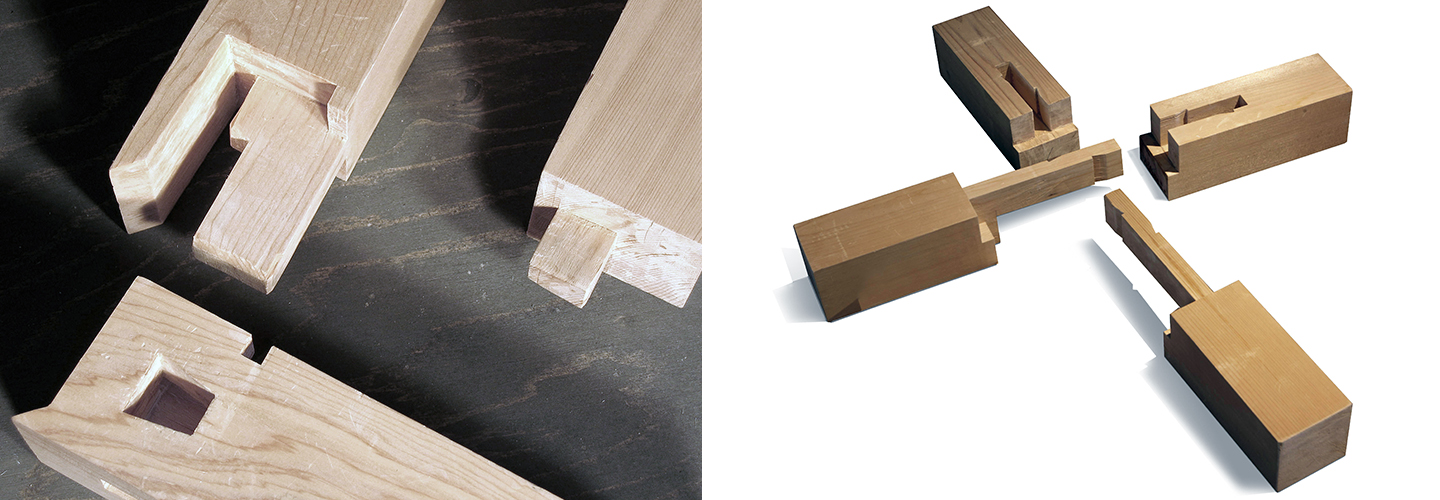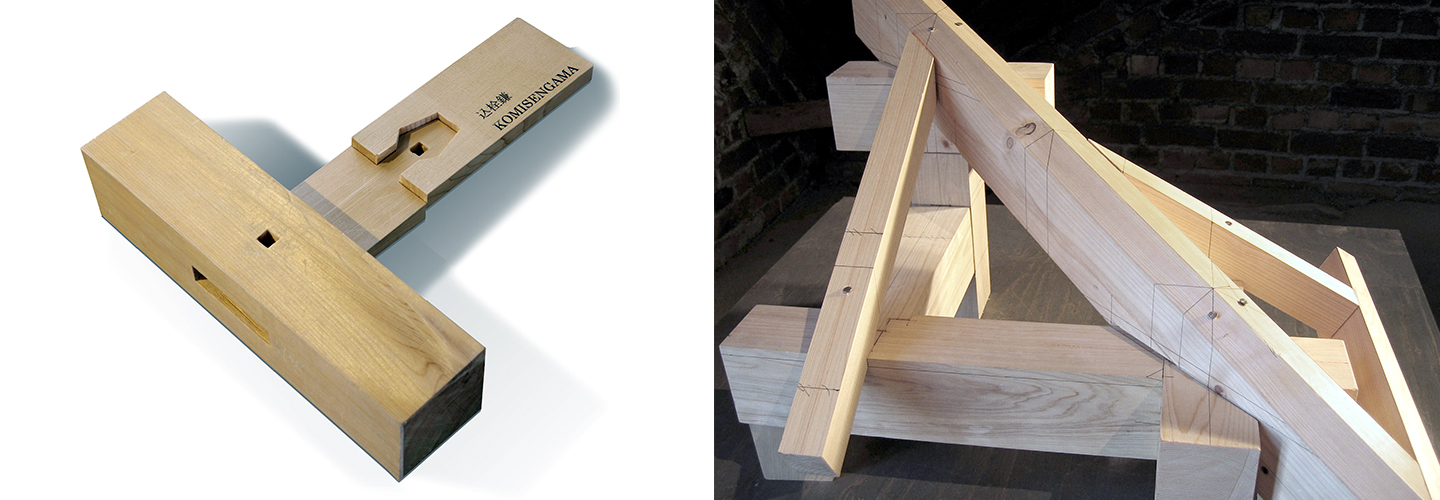Japanese woodworking skills, rigorous professional ethics and the depth and breadth of traditions have enabled an exceptionally rich range of joints. The woodworking skills and architecture in Japan have evolved over the past 1,500 years with a very close linkage to the local culture.

The masters have compiled the knowledge and experience, and conveyed it to their apprentices. The learning of a vocation begins by introduction to the traditions, and the learning process lasts for the lifetime. Training to become a good temple carpenter takes at least 15 years of studies in long working weeks. The knowledge and skills build up with experience, are reinforced by repetition, and become a natural way of thinking. The completed buildings are the only public display of the accumulated professional skills and their secrets.

A host of ambitious and determined apprentices continue to be trained to this traditional vocation even though modern mechanical working methods are in use. The aesthetical requirements imposed in Japan on joints may differ from those applied in Europe: the joints can be highly complex, but the goal is that on the outside the joint appears to be as inconspicuous as possible. Another typical trait of Japanese joints is the common wedge structure, which both locks the joint and enables its disassembly and reassembly.